Levels and trends in child mortality, 2024
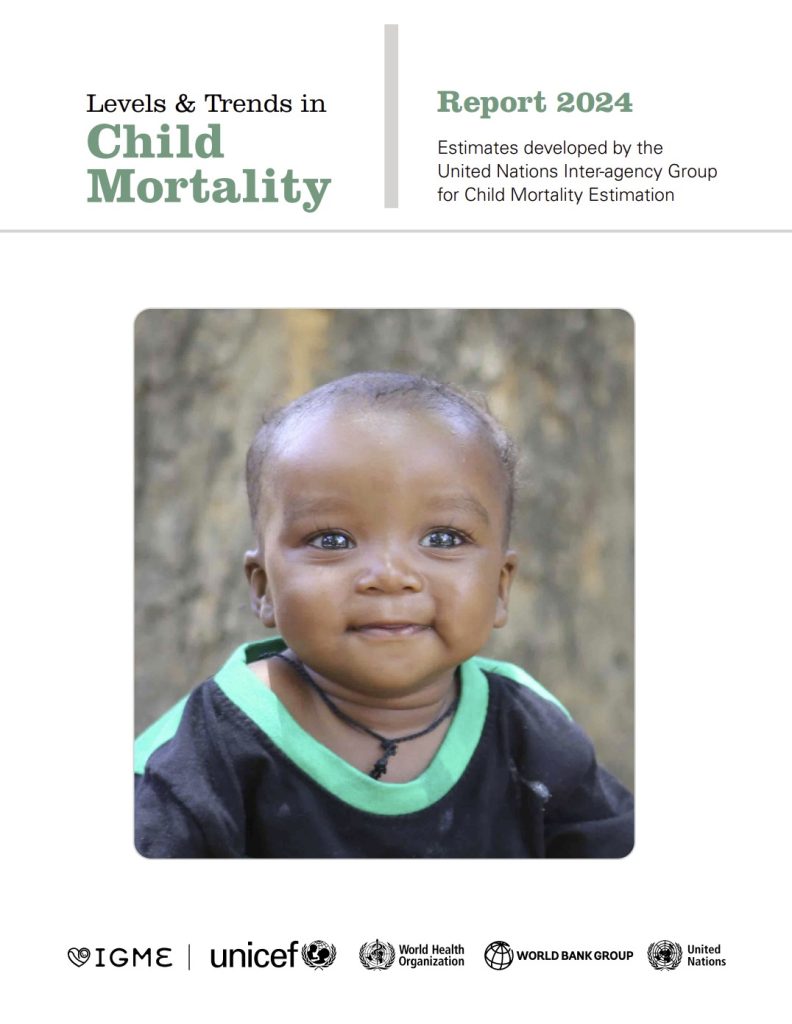
This report by the United Nations Inter-agency Group for Child Mortality Estimation provides the latest data and trends on child mortality. It calls on governement, donors and partners for greater potical will to end preventable child mortality.
Standing up for stillbirths: current estimates and key interventions
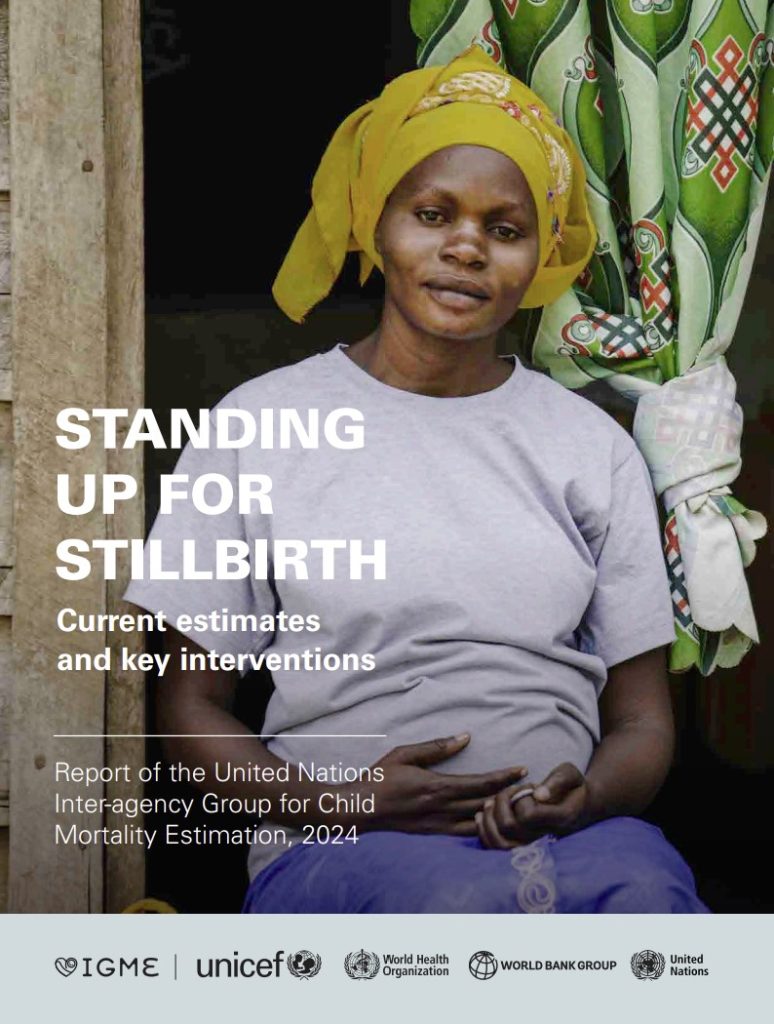
This report by the United Nations Inter-agency Group for Child Mortality Estimation provides the latest data and trends on stillborth worldwide. It calls on governement, donors and partners to prevent, honour and count every stillborn baby.
Analysis and use of health facility data: guidance for maternal, newborn, child and adolescent health programme managers
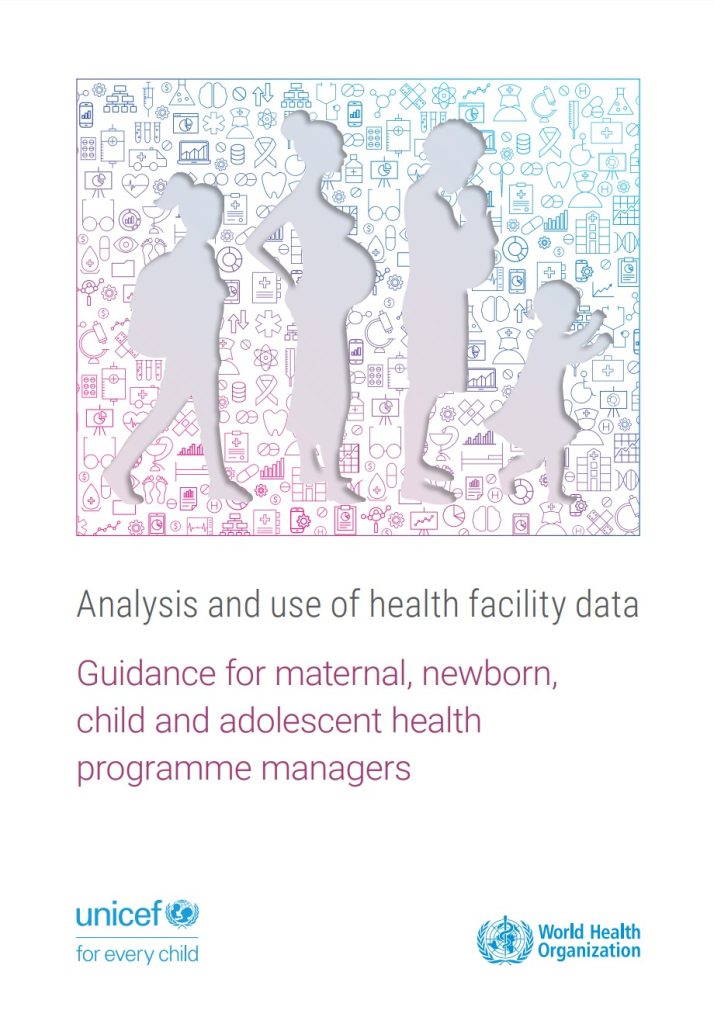
This guidance describes a catalogue of indicators for maternal, newborn, child and adolescent health that can be monitored through health management information system data. It is a module of the WHO Toolkit for Routine Health Information Systems Data and links to relevant indicators from other programmatic modules of the WHO toolkit.
Nurturing care practice guide: strengthening care through health and nutrition services
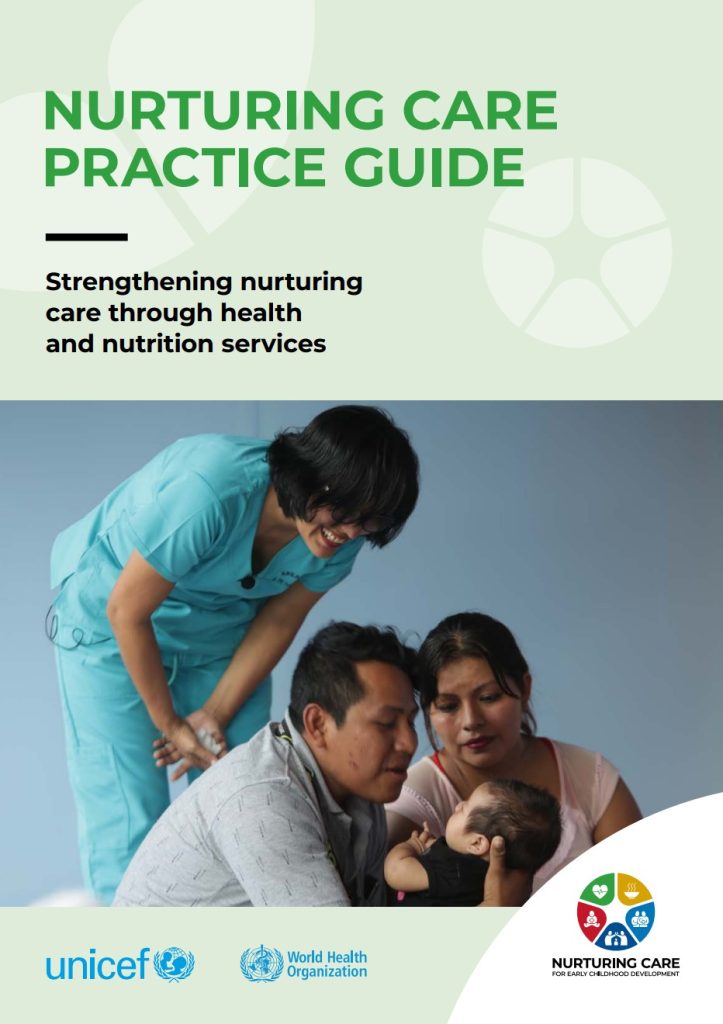
This guide is designed for managers and service providers who are responsible for or provide health and nutrition services for young children and their caregivers at any level. It responds to requests from practitioners and country teams who have learned about the Nurturing Care Framework (https://nurturing-care.org/nurturing-care-framework-toolkit).
Guidance on developing national learning health-care systems to sustain and scale up delivery of quality maternal, newborn and child health care
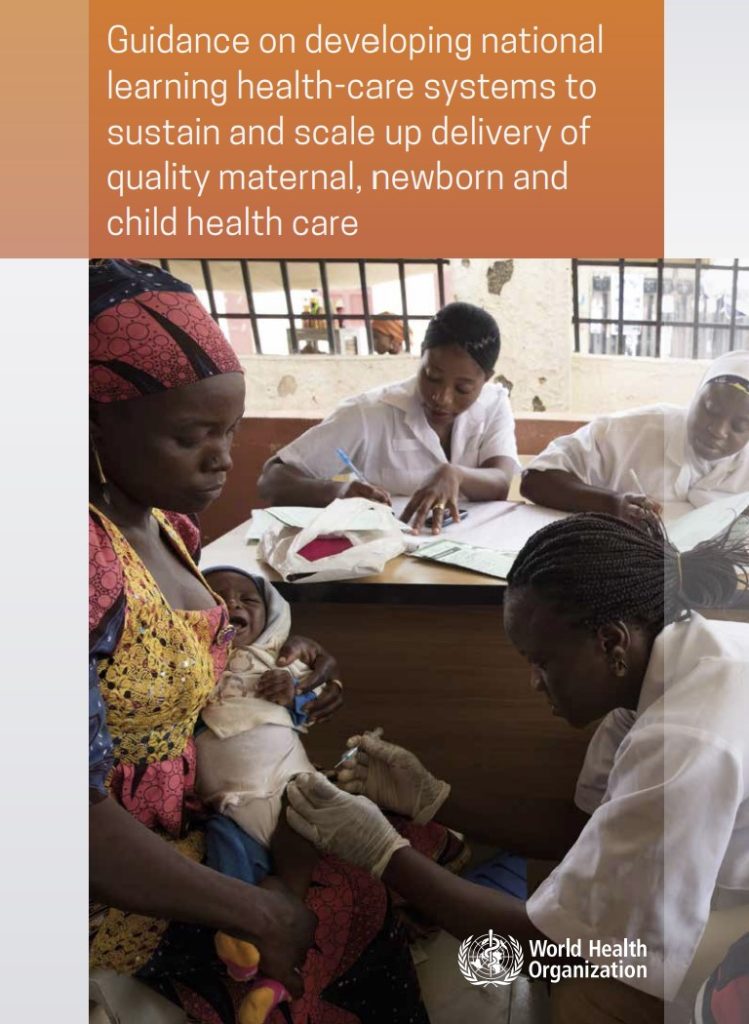
Improving the quality of care for maternal, newborn and child health: implementation guide for national, district and facility levels
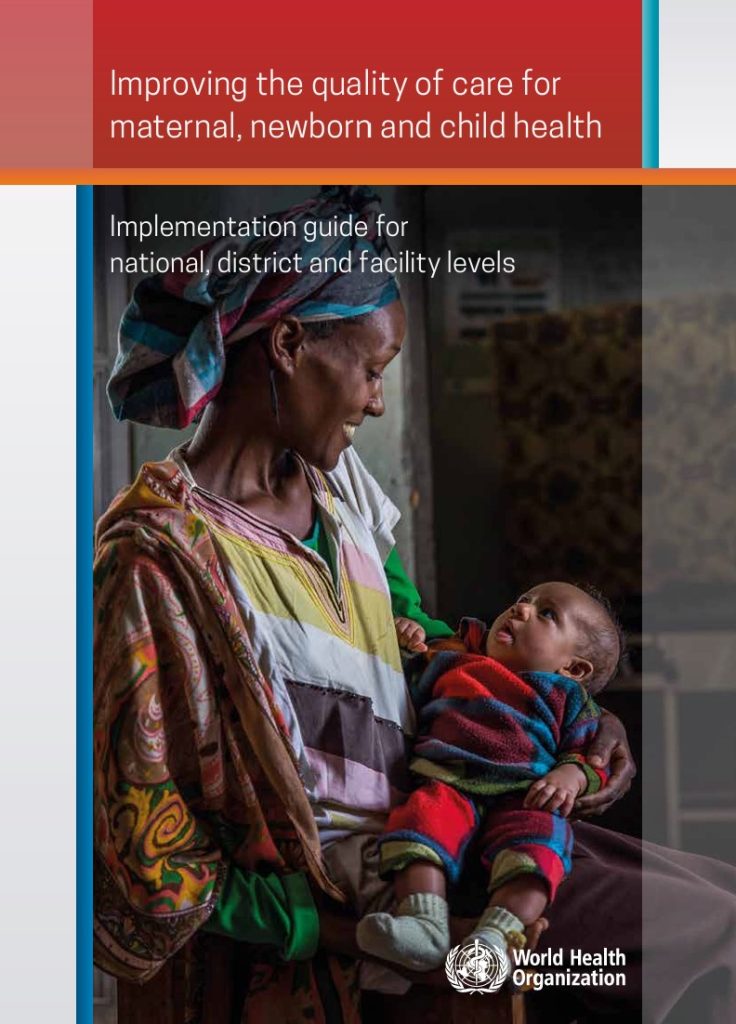
This implementation guide provides practical guidance for policy makers, programme managers, health practitioners and other actors working to establish and implement quality of care (QoC) programmes for maternal, newborn and child health (MNCH) at national, district and facility level.
Inequality Monitoring in Sexual, Reproductive, Maternal, Newborn, Child and Adolescent Health: A Step-by-Step Manual
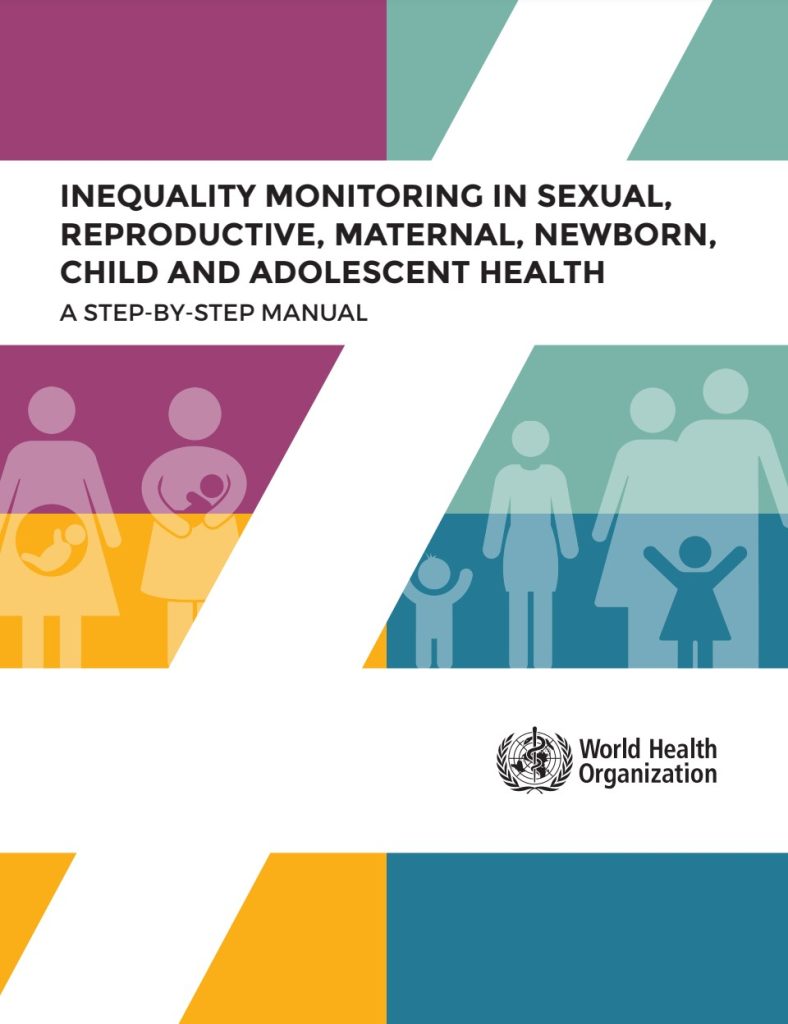
This is a practical introductory guide to strengthen and build capacity for quantitative inequality monitoring in SRMNCAH. The technical content of the manual is primarily written and designed for those involved in national SRMNCAH monitoring and evaluation efforts, including officers and programme managers who have basic knowledge and experience working with SRMNCAH data.
Analysing and using routine data to monitor the effects of COVID-19 on essential health services -Practical guide for national and subnational decision-makers
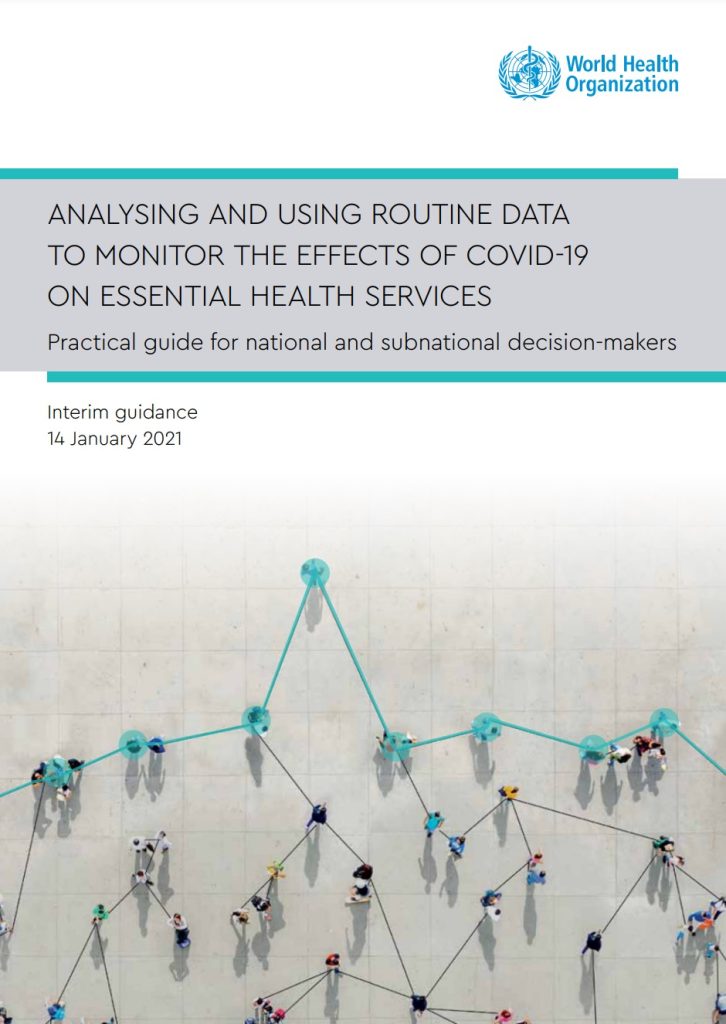
This practical guide can be used to help countries monitor and analyse the impact of COVID-19 on essential health services to inform planning and decision-making. It provides practical recommendations on how to use key performance indicators to analyse changes in access to and delivery of essential health services within the context of the COVID-19 pandemic; […]
The WHO Global Strategic Directions for Nursing and Midwifery (2021-2025)
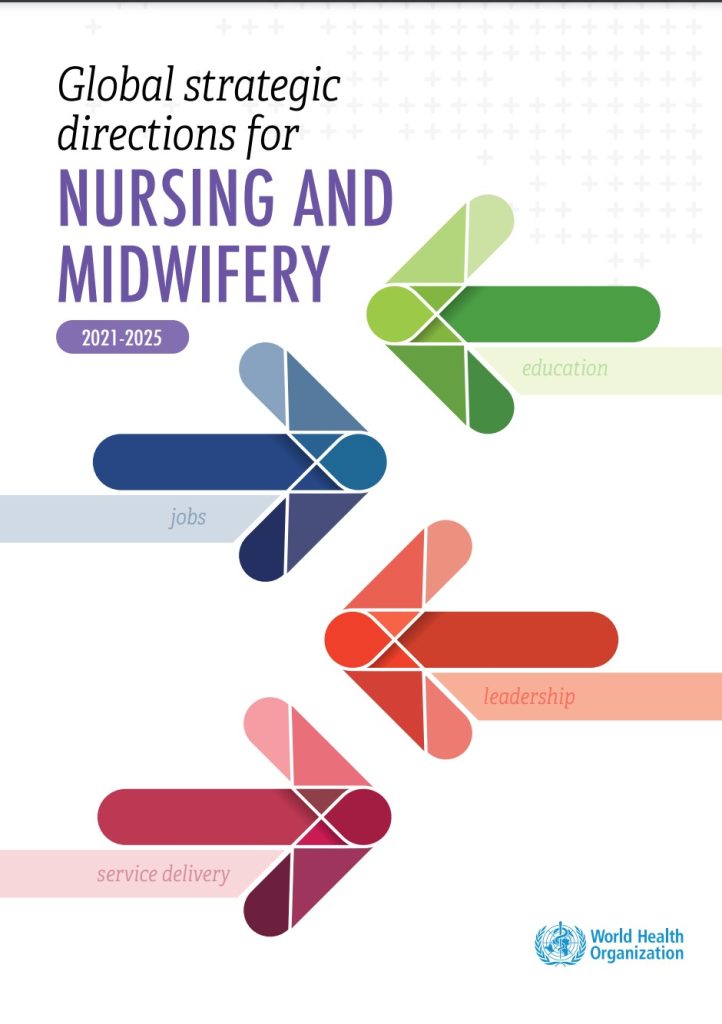
This document presents evidence-based practices and an interrelated set of policy priorities that can help countries ensure that midwives and nurses optimally contribute to achieving universal health coverage and other population health goals.
Maternal and perinatal death and surveillance and response: Materials to support implementation materials to support implementation (2021)
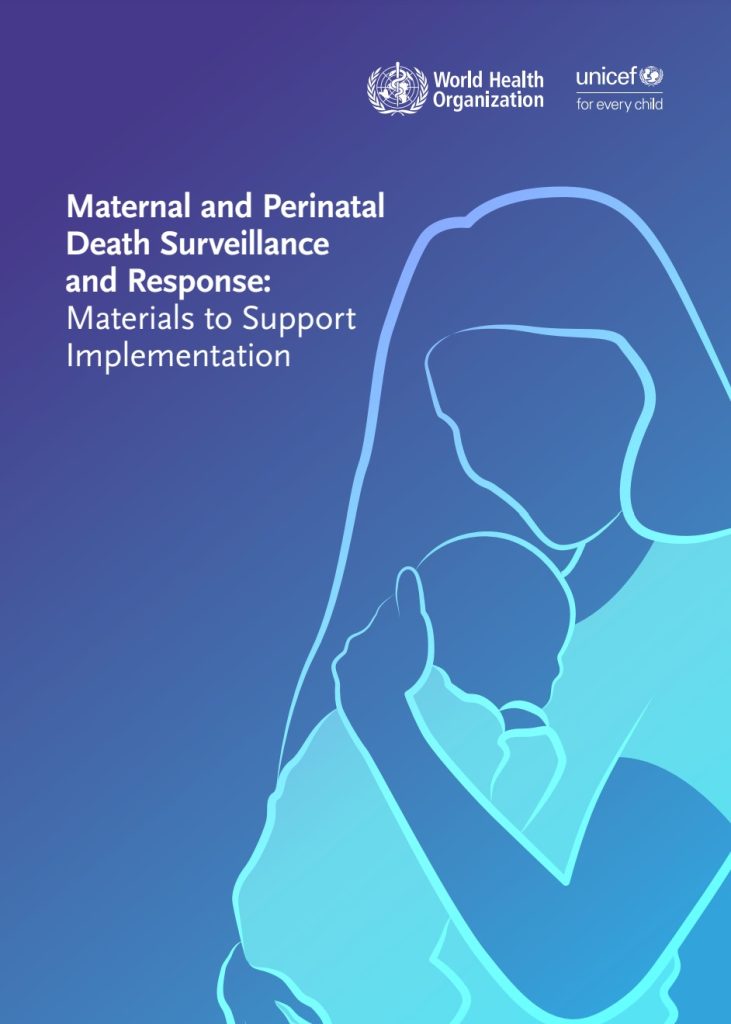
This document is a practical step by step guidance, relevant to establish a framework to assess the burden of maternal deaths, stillbirths and neonatal deaths, including trends in numbers and causes of death and on how to link maternal and perinatal death reviews.